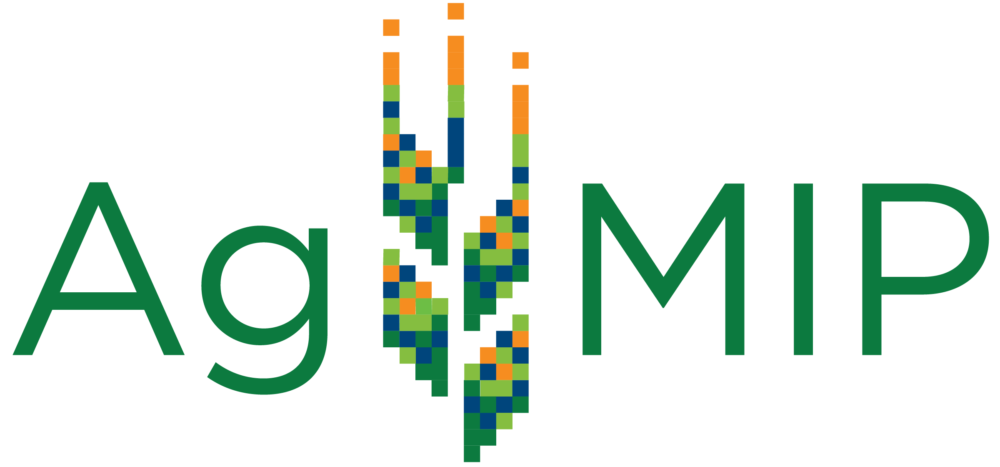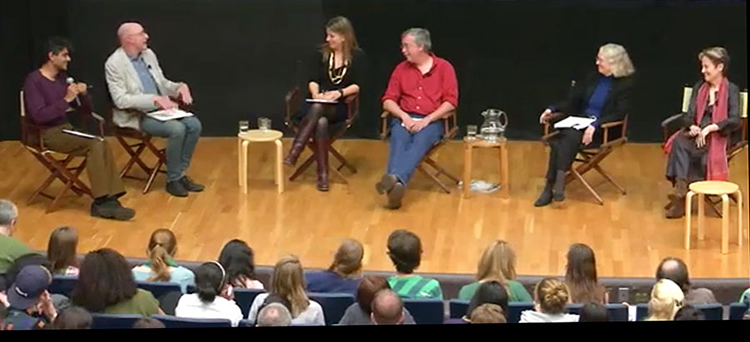
by Site Administrator | Apr 16, 2014 | April 2014, South Asia Integrated Assessments, Sub-Saharan Africa Integrated Assessments
Photo: Cynthia Rosenzweig (second from right) participates in agricultural panel for Michael Pollan and Raj Patel’s class on Edible Education By Molly B Schneider Over the last year, AgMIP Principal Investigator, Cynthia Rosenzweig has been traversing the country to...
by Site Administrator | Mar 14, 2014 | March 2014
We are happy to announce that the Special AgMIP Issue of Agricultural Economics is now available as open access, free of charge. Click here to access the complete Special Issue on the Agricultural Economics website.
by Site Administrator | Feb 12, 2014 | February 2014
By Carolyn Cox AgMIP and USDA held a workshop on January 10, 2014 on “Harmonizing Agricultural Data and Models.” The workshop was organized by Jim Jones, Jerry Hatfield, Cynthia Rosenzweig, and Carolyn Cox (Coordinator of the Florida Climate Institute, which hosted...
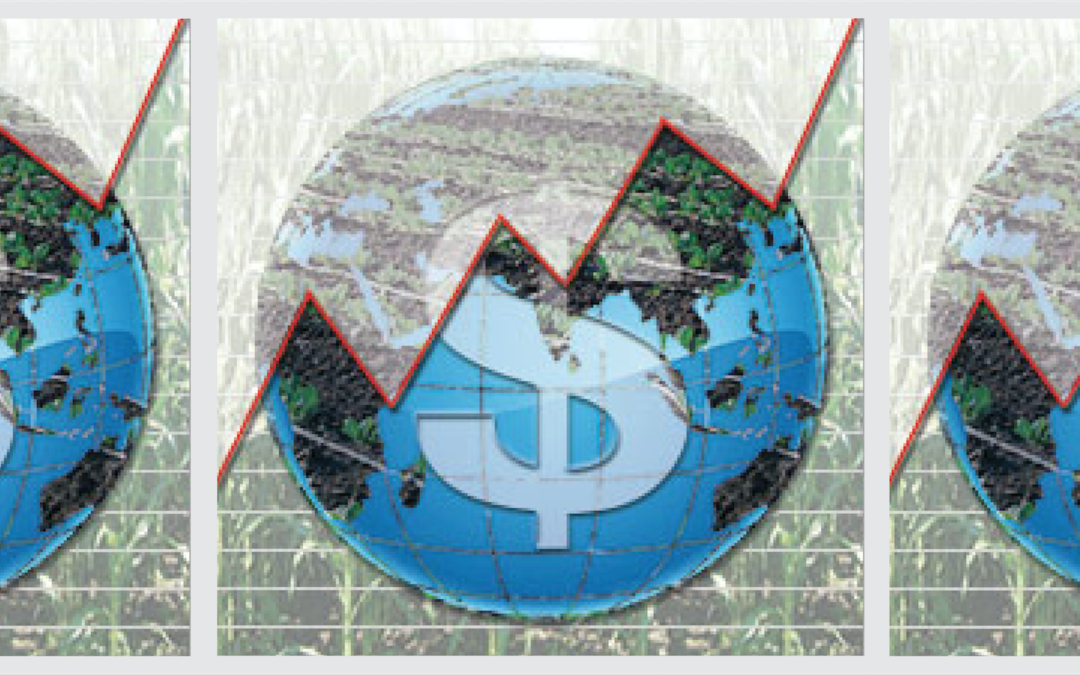
by Site Administrator | Jan 15, 2014 | January 2014
By: Nicholas Hudson As global climate continues to change, the question of the potential economic consequences of this change on the world’s food supply is one that scientists have been endeavoring to answer. Previous research has produced wide variations in results...
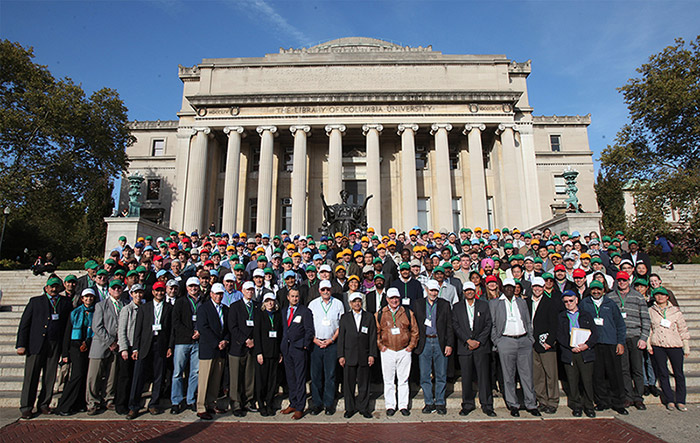
by Site Administrator | Dec 17, 2013 | December 2013
Agenda, Participant List, Poster Abstracts, Workshop Report Presentations, Work Group Reports, Poster PDFs As the fine autumn weather continued in late October in New York City, the Agricultural Model Intercomparison and Improvement Project (AgMIP) convened its...
by Site Administrator | Oct 18, 2013 | October 2013
By: Shari Lifson Throughout the world, communities dependent on agricultural systems are vulnerable to food insecurity. Each agricultural system is associated with a unique set of environmental and economic conditions and changes in those conditions could affect the...
by Site Administrator | Sep 11, 2013 | September 2013
How will climate change impact food security in developing areas of South Asia and Sub-Saharan Africa? AgMIP’s Regional Research Teams on both continents are continuing their efforts to quantitatively answer this question by developing integrated regional assessments...
by Site Administrator | Jul 1, 2013 | July 2013
The Agricultural Model Intercomparison and Improvement Project (AgMIP) is pleased to announce the addition of John Antle as a Co-Principal Investigator along with current Co-PIs Cynthia Rosenzweig, Jim Jones, and Jerry Hatfield. Dr. Antle, professor at Oregon State...
by Site Administrator | Jun 4, 2013 | June 2013
In order to assess future impacts of climate change on regional food security, AgMIP teams of researchers are working in Sub-Saharan Africa and South Asia utilizing protocoled AgMIP methods to execute regional integrated assessments of crop productivity and related...
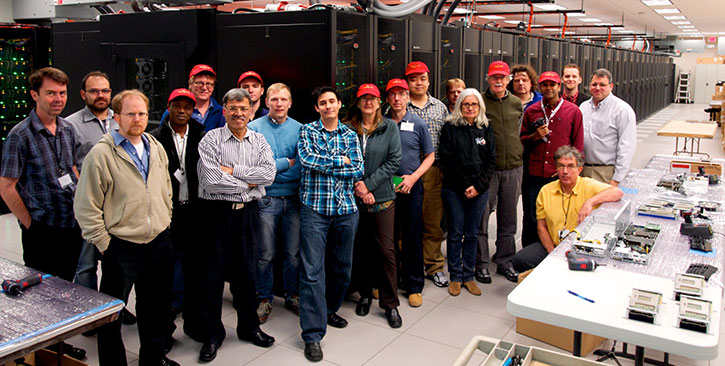
by Site Administrator | Mar 22, 2013 | March 2013
The “Austin Hackathon”: helping crop models communicate with each other by Erik Alejandro Mencos Contreras One of the most important, and most complicated aspects of creating a model is developing a way for it to be compatible with other models, so that results can be...





